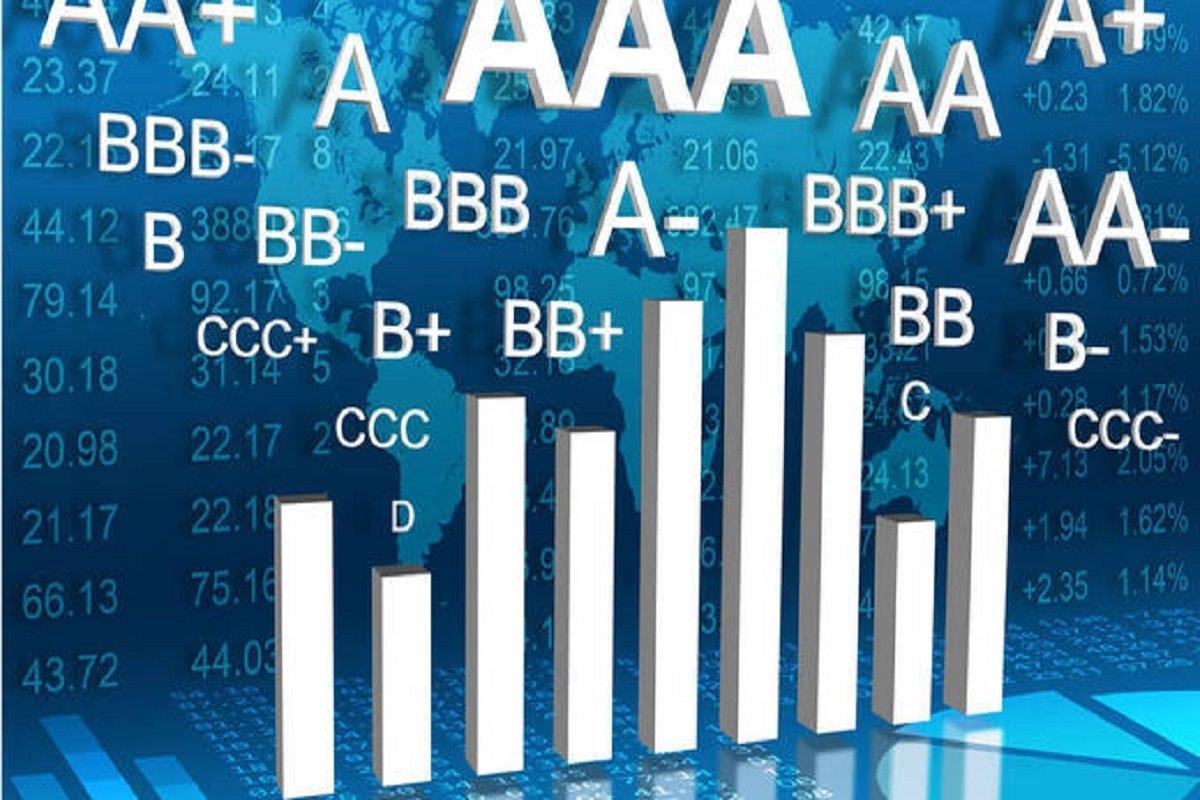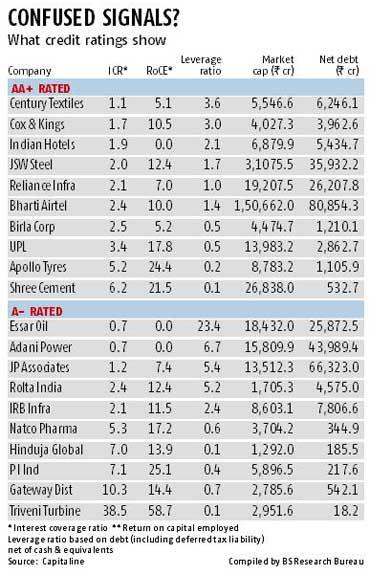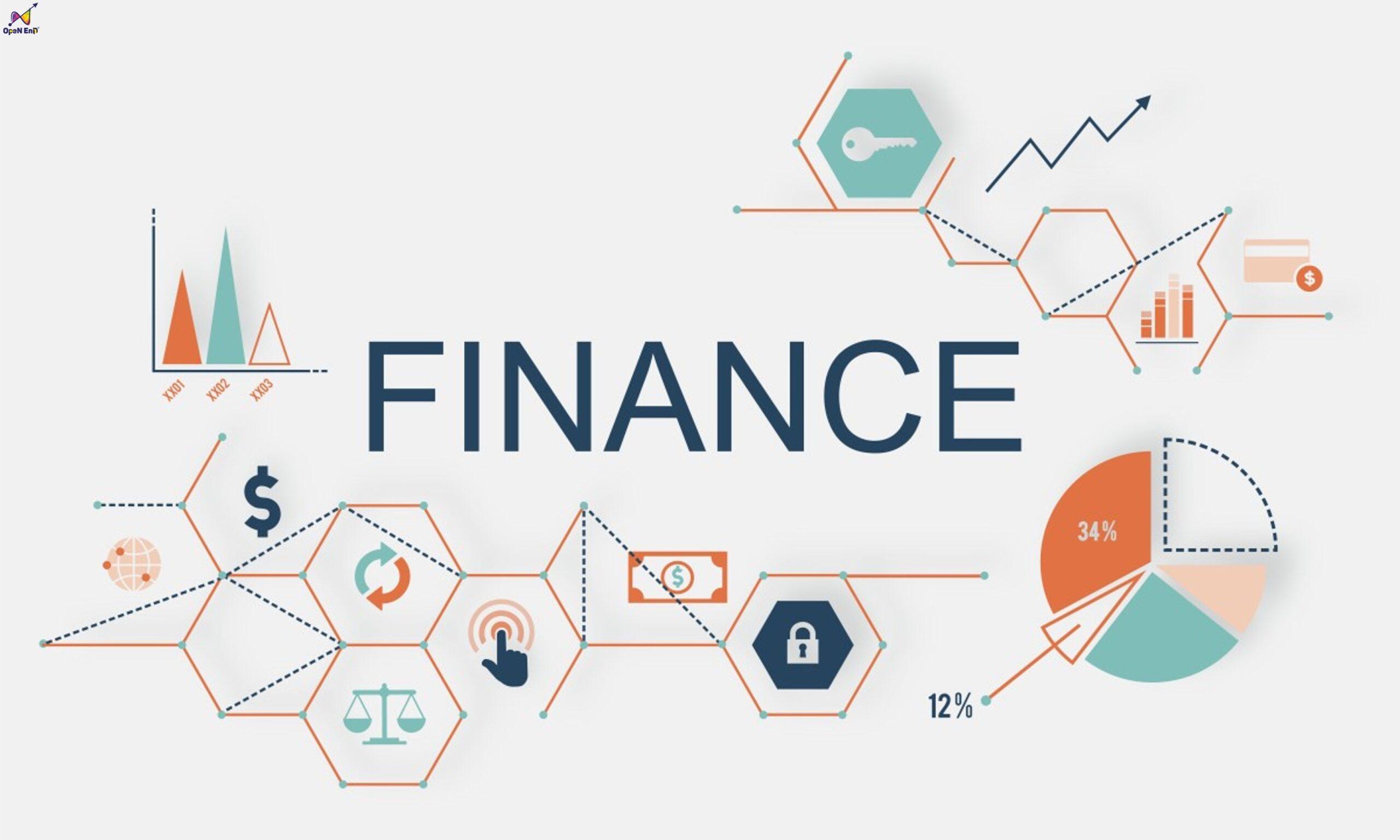How to identify a good business among hundreds of names on the market? That is the question that not only investors, but also business owners, financial institutions and smart consumers are constantly searching for the answer. In the YouTube video “Secrets to choosing a good business through credit rating”, Mr. Nguyen Quang Thuan – one of the veterans in the field of financial analysis and credit rating in Vietnam – provides an in-depth and independent perspective to decode that question.
I am Hien. With a special interest in the principles of market operation, I see credit rating not only as a technical tool, but also as a mirror reflecting a company’s culture of transparency and long-term commitment. In an era where trust is increasingly valuable , investment, cooperation or consumption decisions cannot be based solely on emotions or brand appearance. We need clear metrics – and the credit rating system is one of them.
According to a survey by the Organization for Economic Cooperation and Development (OECD), institutional investors in Asia rank credit rating as one of the three most important criteria when considering investing in emerging market businesses , including Vietnam. However, in Vietnam, this concept is still quite new, not yet popular and not yet fully understood.
What makes this video valuable – and why I chose to discuss it in depth – is not only its in-depth content or easy-to-understand explanations from experts, but also the way it touches on a seemingly dry topic, but becomes interesting when placed in the practical context of the process of upgrading the Vietnamese stock market, along with the urgent need to professionalize the financial ecosystem.
Is credit rating objective enough, does it really help us see the “core quality” of a business , or is it just another formal indicator? These are the questions I will explore with you in this article – with the goal not to find the absolutely correct answer, but to see more clearly the direction to find transparency, sustainability and wisdom in choosing a trustworthy business. 
Understand correctly about credit rating and its role in business evaluation

The Core Function of Credit Rating in Business Analysis
Credit rating is not simply an indicator of debt repayment ability, but also reflects the level of transparency and overall financial health of the enterprise from an independent and in-depth perspective. In my opinion, Hien, this is a tool that has been misunderstood or underestimated in Vietnam, while in developed markets such as the US or Korea, it is a guideline for both investors and enterprises. In the program with the participation of Mr. Nguyen Quang Thuan – Chairman of PhuP and Fin Rating – he shared that a good credit rating not only helps businesses access low-cost capital, but also improves their image and reputation with shareholders . A study by Moody’s published in 2021 showed that companies with high credit ratings are 18% more likely to maintain a lower cost of capital than their unrated competitors. This is a strategic advantage in a competitive business environment.
| Criteria | Impact on business |
|---|---|
| Financial reporting quality | Transparency & increased credibility |
| Debt level | Financial risk assessment |
| Cash flow from operating activities | Ability to pay debt and grow |
Why investors and businesses cannot ignore credit rating
With many years of experience working in the field of investment analysis, I have realized that a “good” business is not only reflected in profits, but also in the way they are perceived by independent credit rating organizations . In the webinar, Mr. Thuan emphasized: “The market is entering a new era, where all entities – from businesses to investors – must be standardized and professionalized.” That means, credit ratings are no longer the “privilege” of large corporations, but are becoming more and more popular for SMEs that want to raise capital.
I often give advice to investors or startup founders to take the initiative to understand how organizations like Fin Rating work. You can start by answering the question:
- Is your business qualified for credit rating?
- Have you prepared your financial data according to international standards?
- How to rank better than last year?
A recent case study that impressed me was Company A, when it was upgraded from BB to BBB+ by Fin Rating, within just 6 months, they increased their successful capital raising rate through bonds from 60% to 92%. These numbers do not lie, and are living proof that credit ratings are the “gatekeeper” for financial trust between businesses and the market.
From the perspective of individual investors to professional rating organizations

Multidimensional perspective from investors to the financial benchmarking system
After watching the video ” DPS MEDIA “, what impressed me – Hien – the most was the unique intersection between personal investment thinking and professional business evaluation system from the perspective of Mr. Nguyen Quang Thuan. As a former auditor, fund manager and now running an independent rating organization, he brings a rare connection between emotions and standards. For me, an individual investor, finding a good business can come from the perception of the product, the leadership team or the revenue growth rate. But with organizations like Fin Rating, those criteria are specified by coefficients, indicators and quantitative risks. That made me realize something important: the real power lies in the ability to standardize perspective – something that public investors need to integrate if they want to ‘play the big game’.
Criteria for choosing good businesses under the lens of international standards
In Mr. Thuan’s sharing, I especially paid attention to the way businesses are classified based on a set of independent assessment criteria, similar to the systems of international organizations such as S&P or Moody’s. Every time we consider a business, Fin Rating applies a clear set of criteria: from cash flow, debt repayment capacity, corporate governance to ESG (Environment – Society – Governance). It can be simply visualized as follows:
| Evaluation criteria | Specific goals |
|---|---|
| Operating cash flow | Ensure debt and dividend payment capacity |
| Financial leverage | Avoid the risk of default when the market fluctuates |
| Corporate governance | Transparent, with reliable financial reports |
| Industry and Market Context | Prioritize industries that benefit from long-term policies or trends |
It is the presence of independent rating organizations like Fin Rating in the market that helps investors like me make decisions on a transparent and standardized basis . And it is also from that system of criteria that I began to adjust my way of evaluating investment opportunities: not only based on emotions, but also based on standardized quantitative data – an extremely necessary mindset to adapt to the increasingly professional financial market as Vietnam approaches the standards of an emerging market.
Financial Ratios to Track When Analyzing a Good Business

Financial criteria reflect business health
In the process of analyzing a good business, I – Hien – always pay attention to some core financial indicators that represent the company’s enthusiasm. Especially, from the perspective of credit rating, as Mr. Nguyen Quang Thuan (FinGroup, Fin Rating) shared, international financial organizations often rely on sustainable indicators to make decisions. If we ignore them, investing is like walking in the fog.
- ROE (Return on Equity) – Return on equity: Shows the ability to generate profit from shareholders’ capital. A stable ROE above 15% is a positive indicator.
- Debt/Equity Ratio : Modest but effective, this ratio reflects the ability to control financial leverage. The threshold of 1 – 1.5 is favored by credit rating agencies.
- Free Cash Flow : A profitable company with poor cash flow is a strong warning sign. Consistent positive cash flow demonstrates resilience and the ability to overcome risk.
Practical perspectives from independent rating agencies
One point that I really liked in the recent webinar was that Mr. Thuan analyzed how organizations like Fin Rating approach businesses completely differently. They do not only look at the surface but also evaluate financial sustainability through the probability of default, cash flow history and management capacity. Below is a brief summary of some common criteria according to international credit rating standards:
| Index | Safety threshold | Meaning in assessment |
|---|---|---|
| EBITDA/Interest Expense | >3 times | Strong interest payment capacity, low credit risk |
| Current payment ratio | >1.5 | The business has enough short-term assets to pay short-term debts. |
| Net Margin | Over 10% | Shows net operating performance |
A typical case study is FPT Corporation . For many years, FPT has maintained ROE above 20%, debt at a safe level, and stable cash flow from operations – which has made them positively evaluated not only by individual investors but also by international investment funds such as Dragon Capital or VinaCapital. This is a model worth learning for domestic enterprises to aim for if they want to be in the “standardized list” of the future when the market upgrades.
Credit Rating Apps to Pick Safe Bonds and Stocks

Credit Rating – The First Step in Choosing a Business
One of the points I took away from the webinar with Mr. Nguyen Quang Thuan was the importance of using credit ratings as an effective filtering tool to find safe stocks and bonds. As the founder and Chairman of Fin Rating – an independent rating agency specializing in the Vietnamese market – Mr. Thuan not only shared his professional perspective from the market but also gave practical examples, typically cases of highly rated enterprises such as VNM (Vinamilk) or BIDV that have maintained their creditworthiness for many years thanks to their strong financial situation and transparent governance.
It can be seen that indicators such as EBITDA margin , debt-to-equity ratio , or cashflow from business operations are not simply accounting numbers but also key factors for rating organizations. From a personal perspective, I believe that if every small investor has access to these rating data, the rate of “holding trash” will decrease sharply and the market will develop more healthily.
Applying the ranking tool in portfolio allocation
Instead of following the information wave or FOMO, I choose a personalized strategy: using credit ratings as a roadmap to allocate investment portfolios. As Mr. Thuan said very correctly, this is a time that requires investors to be rational and have a standard information access system, because the market is entering a period of expectation of MSCI upgrade. From tools like Fin Rating, we can classify businesses in an intuitive way, minimizing emotions.
| Business | Credit rating | Product Type | Investment Suggestions |
|---|---|---|---|
| VietinBank | A- | Bonds | Safe Fixed Income |
| FPT | A | Share | Long term holding, sustainable growth |
| NVL | CCC | Bonds | Avoid financial risk |
I believe that in the new era, when technology like the KRX system is applied and data is more transparent, integrating credit ratings into investment strategies will become the norm. Because, like financial audits, it brings an invisible but necessary layer of protection to every investment decision.
Lingering thoughts
Choosing a trustworthy business is not only the art of analyzing data, but also requires acumen in reading and understanding credit ratings – an indicator that reflects the financial health and ability to meet the commitments of the business. When you know how to take advantage of this information combined with an overall view of the market, you will have a reliable “compass” to navigate your investment or business cooperation journey.
Don’t hesitate to practice this skill in your life, starting with reviewing financial statements, understanding the role of credit rating agencies and comparing businesses in the same industry. This is also an opportunity for you to practice analytical thinking, while improving your ability to evaluate objectively and strategically.
If you are interested in related topics such as how to distinguish between domestic and international credit ratings, or the impact of macroeconomic changes on corporate ratings, these will be useful research directions to further deepen your knowledge.
We look forward to hearing your views and real-life experiences. Please share your thoughts in the comments section below, or discuss together to broaden your perspective and learn together.


